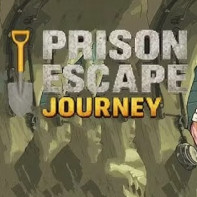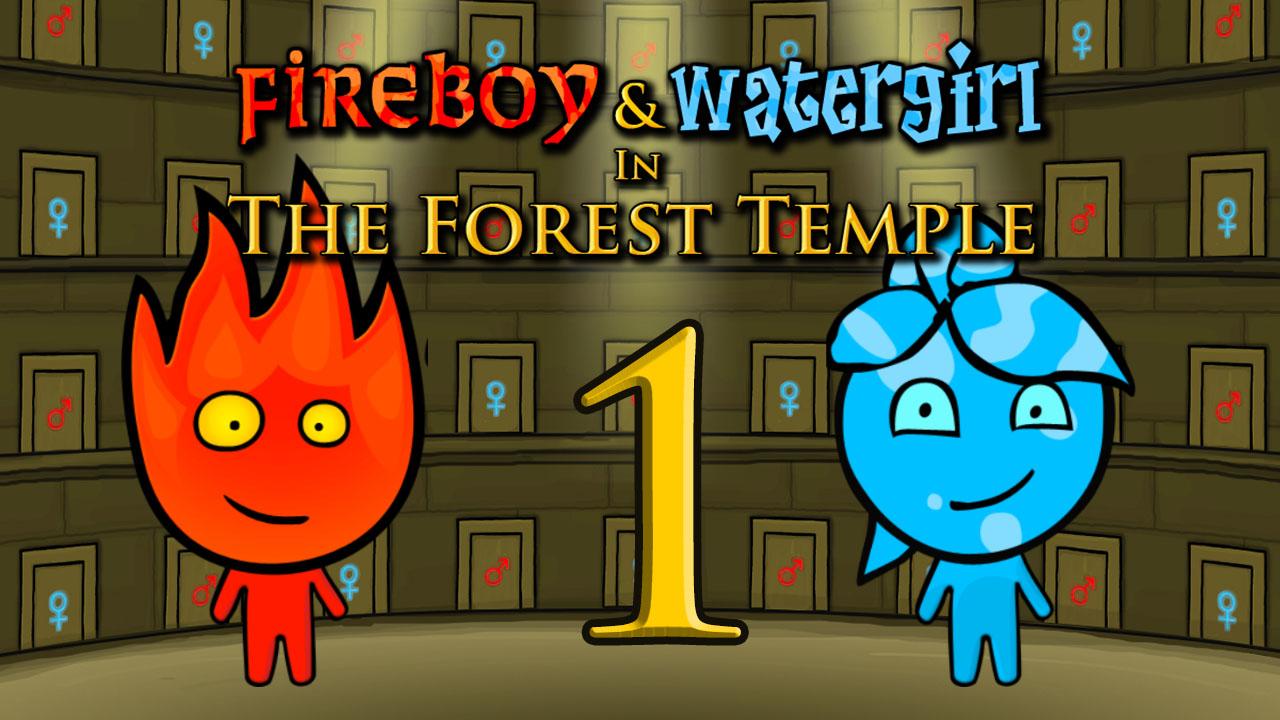BloodMoney – A Short Game That Leaves a Long Shadow
BloodMoney is a compact but unforgettable browser game that blends clicker mechanics with moral tension and psychological horror. On the surface, it looks like a simple incremental experience: you click, you earn, you upgrade, you grow. But very quickly, the game asks a different question: what are you willing to trade for progress? Each upgrade promises faster money and a clearer path to your life-saving goal, yet every step forward also drags you deeper into an uneasy world shaped by compromise. That sharp contrast—between pastel aesthetics and unsettling consequences—is what makes the BloodMoney game so distinctive and so memorable.
You step into the role of a desperate protagonist trying to raise a large sum for an urgent operation. The clock is ticking, the pressure is mounting, and your options seem painfully limited. Enter Harvey, a cheerful salesman-like figure who always has a new “opportunity” available. He offers simple deals at first: click more, earn more. But the more you rely on him, the harder it is to ignore the cost of every shortcut. The BloodMoney game isn’t about reflexes or skill trees alone—it’s about whether you can look at your choices and still recognize yourself.
How BloodMoney Works
Mechanics are intentionally straightforward: click to earn, invest in upgrades, accelerate your income. The loop feels familiar if you’ve played idle or incremental games. Yet BloodMoney adds emotional friction. The numbers go up—but the symbolism behind those numbers grows heavier. Every purchase carries a hint of ethical erosion. As you climb, you sense a line somewhere behind you, crossed quietly when you weren’t paying attention. That slow, creeping shift is the game’s real power.
The interface supports this mood. The pastel palette softens the edges, creating a playful, friendly surface that contrasts with the uncomfortable subtext. That visual dissonance makes every decision feel sharper: you’re clicking through candy colors while a darker story takes shape underneath. BloodMoney doesn’t need jump scares to feel haunting; it lets your own choices unsettle you.
Harvey: Charm, Temptation, Consequence
Harvey is the heart of the BloodMoney experience. He’s upbeat, helpful, and always ready with the next big idea. He never forces your hand—he simply nudges. He shows you a faster route, points out a new upgrade, and smiles while you convince yourself it’s fine. In a different story, he’d be comic relief. Here, he’s a mirror: your ambition reflected back at you with a friendly grin. You’re free to say no. Most players don’t. That’s the point.
The best psychological horror doesn’t rely on monsters. It exposes something fragile inside us—our rationalizations, our limits, our threshold for harm when success is on the line. BloodMoney uses Harvey to ask whether you’re aiming for survival, victory, or something harder to explain. If the ending tastes bittersweet, it’s because you seasoned it yourself.
Progression With a Price
Upgrades are the backbone of the clicker genre, and the BloodMoney game embraces that structure while twisting the emotional meaning. You’ll find investments that make sense on paper: more cash per click, automated earnings, multi-layered boosts. But you will also notice the fiction behind those upgrades—the little implications, the offhand lines, the sense that your prosperity is planting a shadow somewhere else. The design invites you to see growth and guilt rise together on parallel tracks.
None of this is preachy. BloodMoney doesn’t wag its finger. It simply shows you the curve you’re drawing and lets you decide whether the slope still looks right. If you sprint toward the ending, you might feel clever. If you pause to consider what your upgrades mean, you might feel something trickier—pride and discomfort in the same breath.
Strategy: How to Win Without Losing Yourself
If you approach BloodMoney as a pure optimization challenge, you can absolutely beat the clock. Click in tight bursts, invest early in multipliers, and stack upgrades that automate your income. Short-term accelerators are worth more at the beginning; compounding effects pay off over time. Watch for thresholds where a single purchase unlocks a faster tier of growth. Treat your choices like gears that mesh—high-frequency clicks driving a rising baseline that works even when you’re thinking about the next move.
But the real strategy lives in your own intent. Are you comfortable following the most efficient path if it carries a narrative cost? Will you delay a powerful upgrade because the description leaves a bad taste? There’s no scoreboard that judges your conscience. The judgment is internal, and it’s part of why BloodMoney lingers after the screen goes dark. Winning is easy. Deciding what winning means is the game.
Pro Tips for BloodMoney
- Front-load compounding: Buy early boosts that increase baseline income—your future self will thank you.
- Time your clicks: Short, consistent click cycles are better than frantic bursts that fade quickly.
- Read upgrade text: The flavor isn’t just flavor; it’s part of the experience and may change how you feel about the run.
- Balance velocity and values: If a purchase feels wrong, try a slower but cleaner route and see if it changes your ending.
- Expect reflection: Finishing fast won’t stop you from thinking about the choices you made. That’s the design working.
Why BloodMoney Sticks With Players
Many clickers are about joy in pure expansion—numbers climbing, bars filling, systems humming like a well-oiled machine. BloodMoney gives you that thrill and then asks what the machine runs on. It’s not an accusation. It’s a question that lands with surprising weight because you answered it yourself through play. That self-authored discomfort makes the BloodMoney game memorable far beyond its runtime.
The art direction amplifies the effect. Soft colors and tidy UI give a sense of harmless fun, a little sugar-coating for everything you’re about to rationalize. The contrast is deliberate. By refusing to look grim, the game keeps your guard down. You keep clicking. You keep upgrading. And then, somewhere along the way, you realize you’ve been measuring success in a currency that doesn’t show up on the screen.
Mobile-Friendly and Browser-Ready
BloodMoney runs smoothly in the browser, which makes it perfect for short sessions on desktop or mobile. Tap to click, hold to focus, lift when you need space to think. The compact format suits the theme—you don’t need an hour to feel the tension building. Ten minutes is enough to see how quickly a small compromise turns into a habit.
Related Experiences
If you appreciate games that explore moral pressure and personal choice, try visual novels and short narrative experiments that turn decisions into mirrors. If you want rhythmic challenge and progression without the ethical sting, consider action clickers or puzzle loops where optimization is purely mechanical. And if you like tension through stealth and planning, you might enjoy returning to our homepage and trying a very different experience like Prison Escape Journey—a free 3D prison break simulation about digging, hiding, and outsmarting patrols.

Final Thoughts
BloodMoney is short, stylish, and surprisingly heavy. It invites you to chase a number and then quietly asks how it changed you. The mechanics are straightforward; the impact isn’t. Whether you sprint to the ending or slow down to read every line, you’ll feel the design doing something rare for a browser game: turning clicks into questions. That’s why BloodMoney stands out—and why players talk about it long after the total stops rising.






